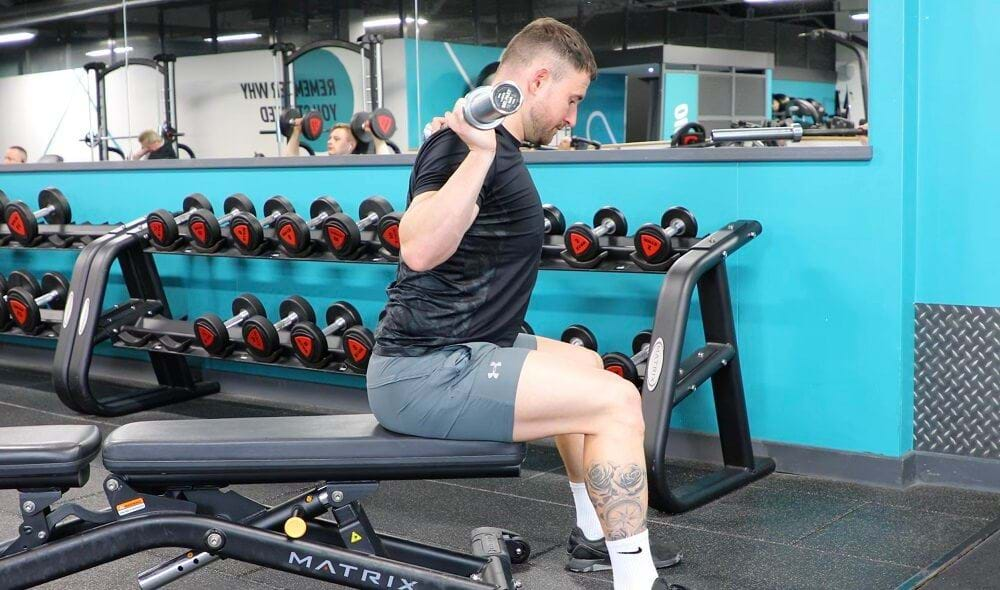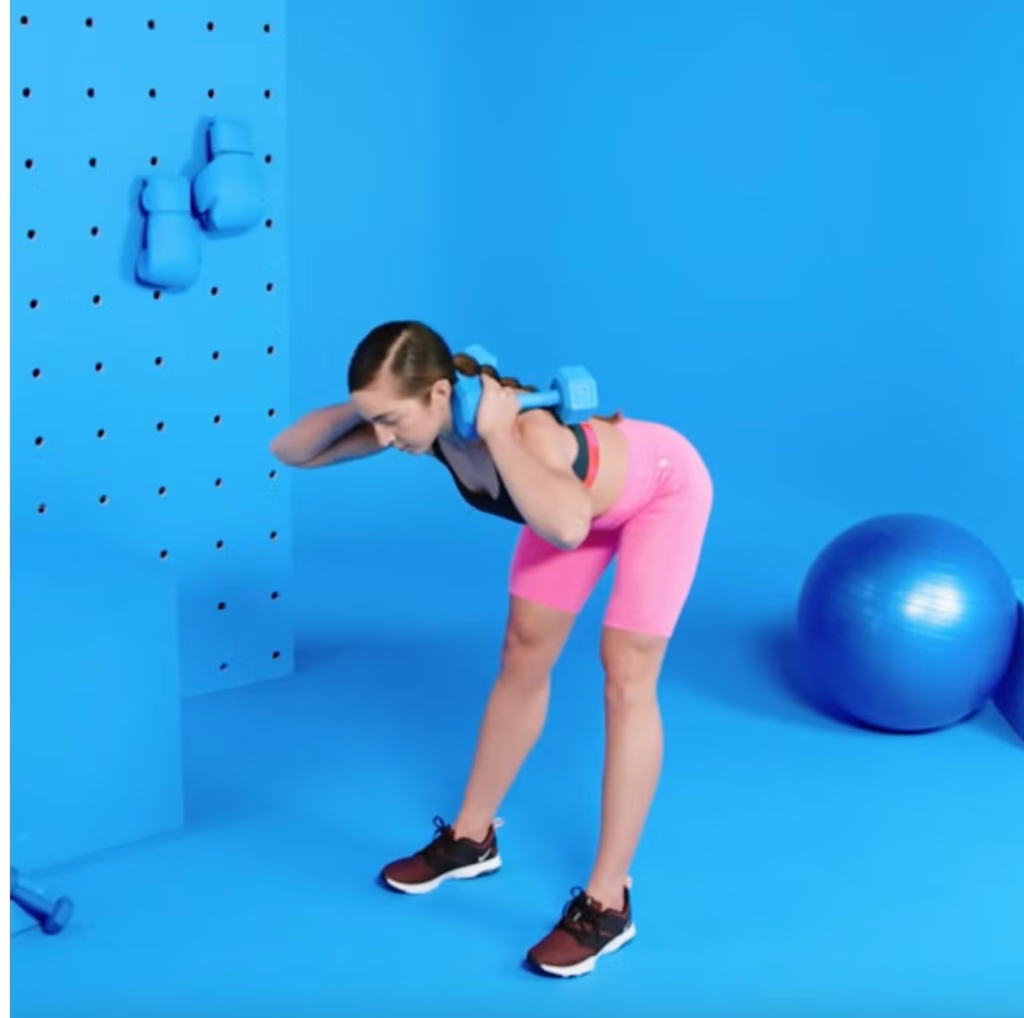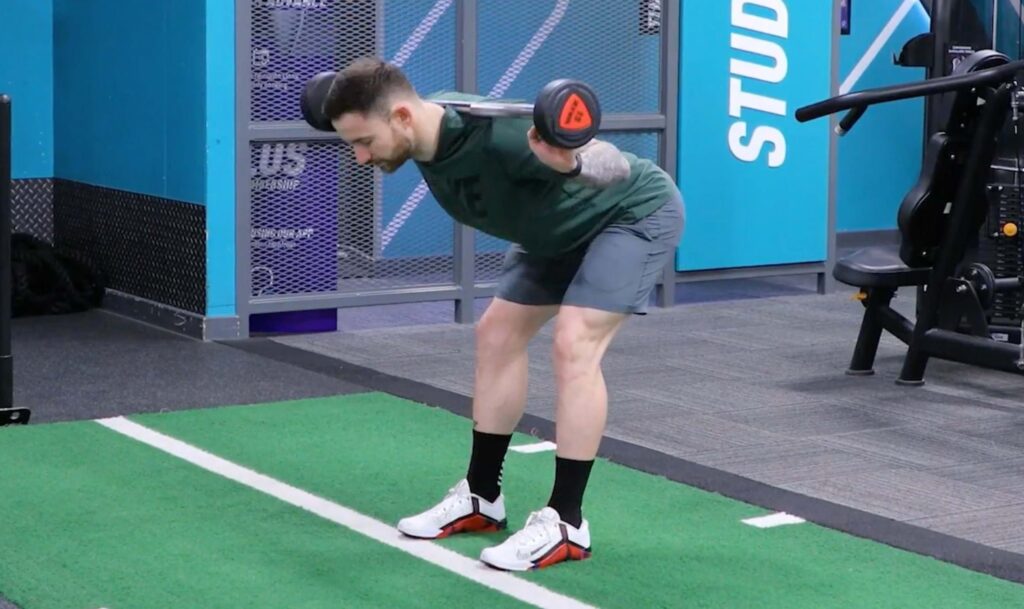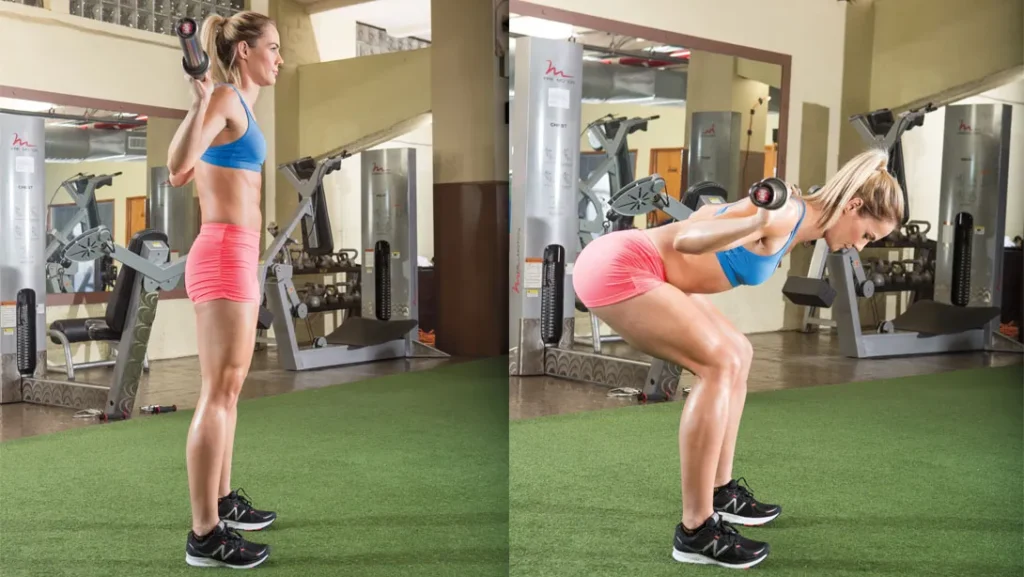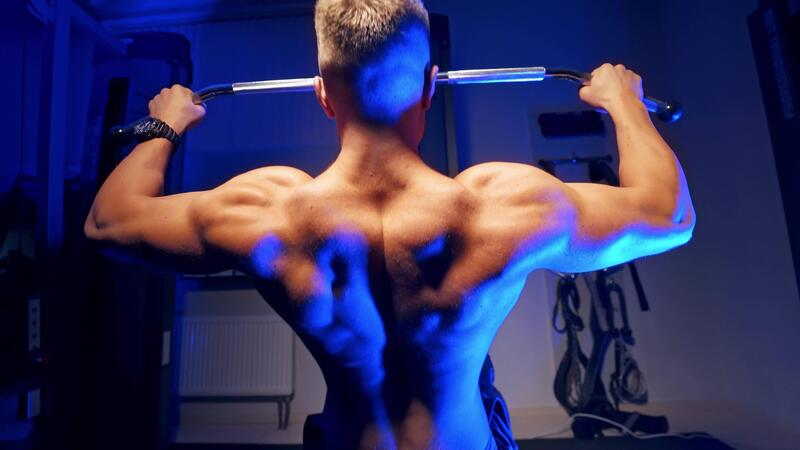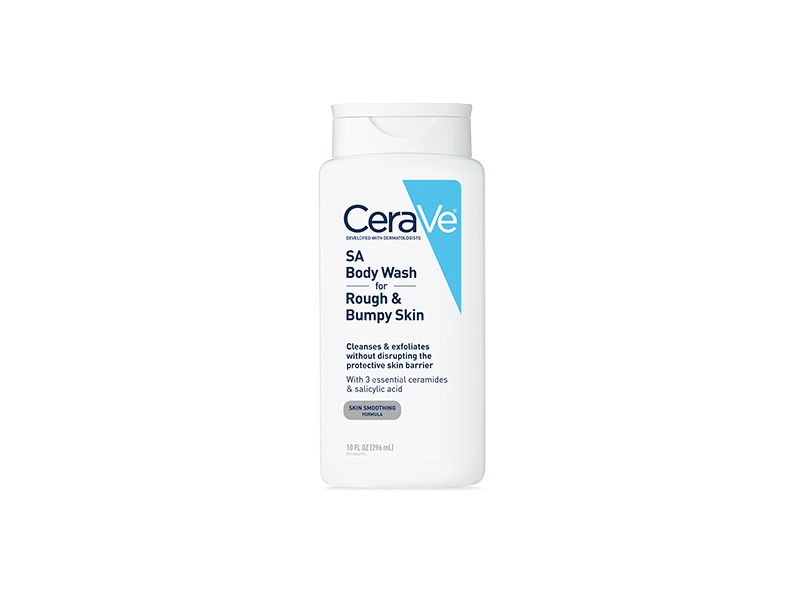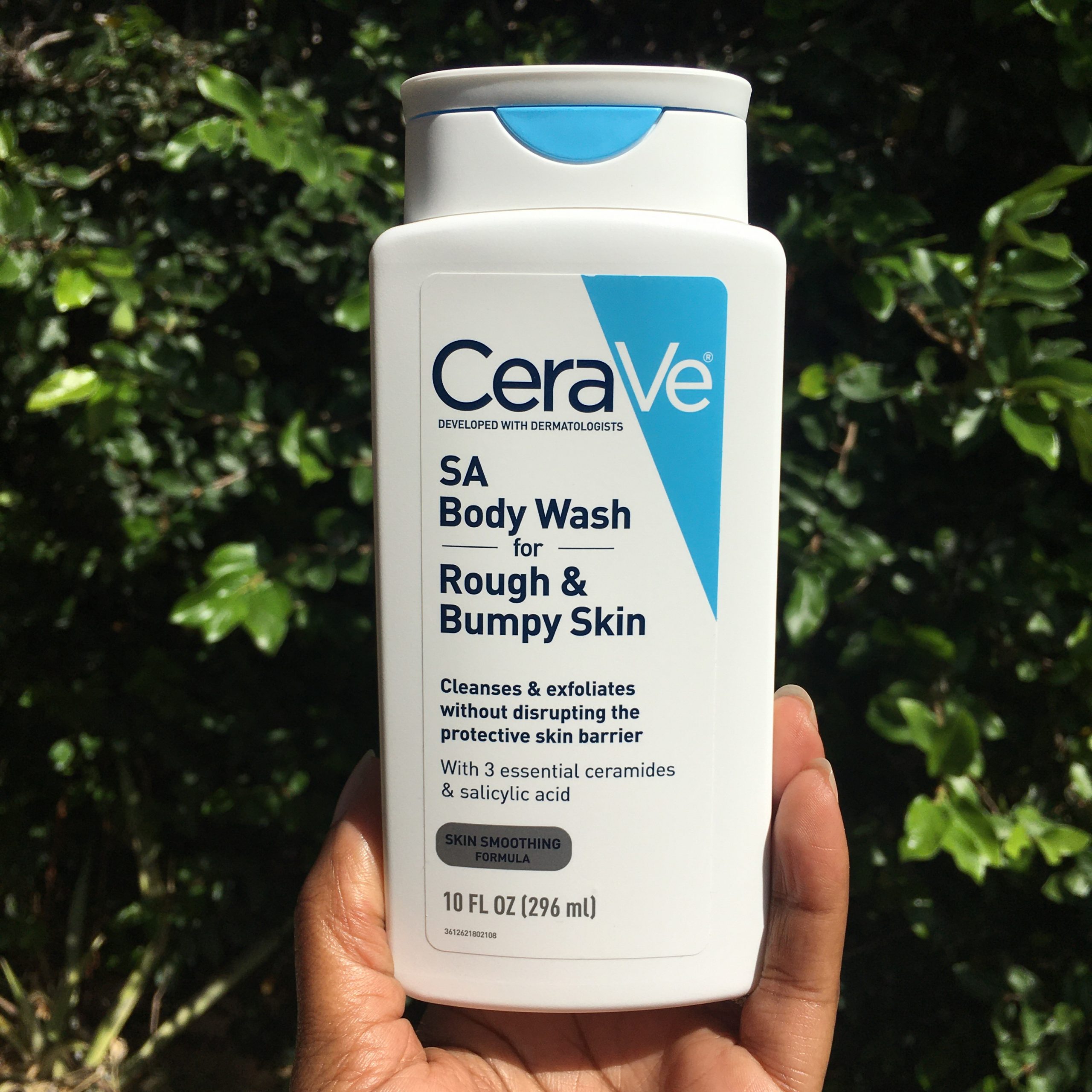Good Mornings Workout – Looking to strengthen your hamstrings, glutes, and lower back with a single, simple move? The Good Mornings workout may be the underutilized gem your training routine is missing.
Despite its gentle name, this exercise packs a punch—and it’s not just for powerlifters. Whether you’re a beginner, a functional fitness enthusiast, or a seasoned athlete, the Good Mornings exercise offers incredible benefits for posterior chain development, injury prevention, and overall performance.
Let’s explore what this move is, how to do it safely, and why it deserves a spot in your next workout.
What Is a Good Mornings Workout?
A Good Morning is a hip-hinge exercise that primarily targets the hamstrings, glutes, and lower back. It’s named for its resemblance to the gesture of bowing to say “good morning.”
This movement involves bending at the hips while keeping your spine neutral, often with a barbell, resistance band, or even body weight.
Benefits of the Good Mornings Exercise
The Good Mornings workout is highly effective when performed with proper form and progression.
1. Builds a Strong Posterior Chain
The glutes, hamstrings, and erector spinae are essential for posture, lifting power, and everyday movement. Good Mornings train all three in harmony.
2. Enhances Hip Hinge Mechanics
This is key for improving form in deadlifts, squats, kettlebell swings, and other compound lifts.
3. Improves Flexibility and Mobility
Good Mornings stretch and strengthen the hamstrings and lower back, helping to improve range of motion and decrease tightness.
4. Injury Prevention
Strengthening the lower back and glutes supports the spine and helps protect against lower back pain or strain from poor lifting form.
5. Functional Strength
This movement mimics everyday actions like bending over or picking something up, making it highly practical for real-world strength.
Muscles Worked in the Good Mornings Workout
This exercise primarily engages:
- Gluteus maximus – Drives the hip extension.
- Hamstrings – Control the descent and help return you to standing.
- Erector spinae – Stabilizes your spine during the movement.
- Core – Bracing your abs protects your lower back.
- Secondary muscles include
- Adductors
- Calves (stabilizers)
- Upper back (especially if weight is loaded on the shoulders)
How to Do Good Mornings With Proper Form
Whether you’re using a barbell, dumbbells, or bodyweight, proper technique is crucial.
Step-by-Step Guide:
Set Up
Stand with feet shoulder-width apart.
If using a barbell, place it across your upper traps, not your neck.
Keep a soft bend in your knees.
Engage Your Core
Brace your abs and keep your spine in a neutral position.
Hinge at the Hips
Push your hips backward like you’re closing a door with your glutes.
Keep your chest up and back flat.
Lower Until You Feel a Stretch
Don’t round your back.
Stop when your torso is roughly parallel to the floor or when hamstring tension limits you.
Return to Standing
Drive through your heels.
Squeeze your glutes at the top.
Reps & Sets:
Beginners: 2–3 sets of 10–12 reps (bodyweight or light resistance)
Intermediate/Advanced: 3–4 sets of 6–10 reps (progressively load the bar)
Variations of the Good Mornings Workout
Customizing the movement can make it more accessible or more challenging, depending on your fitness level.
Bodyweight Good Mornings
Perfect for beginners or warm-ups. Focus on mastering hip-hinge mechanics.
Banded Good Mornings
Use resistance bands under your feet and across your shoulders to add resistance without heavy weights.
Barbell Good Mornings
A staple in strength training and powerlifting programs. Start light and gradually increase the load.
Seated Good Mornings
Great for isolating the lower back and reducing hamstring involvement. Sit on a bench with your feet flat and hunched forward.
Dumbbell or Kettlebell Good Mornings
Hold weights at your chest or by your sides for a more accessible variation than the barbell version.
Common Mistakes to Avoid
Even a great move like this can be ineffective—or dangerous—if done incorrectly.
Rounding the Back
Keep your spine neutral. Rounding can lead to disc injuries.
Bending the Knees Too Much
This turns the move into more of a squat. Keep a slight bend only.
Moving Too Quickly
Control both the downward and upward phases to get the full benefit.
Using Too Much Weight Too Soon
Master form with light resistance before adding load.
When to Include Good Mornings in Your Workout Routine
Good Mornings are a versatile movement that fits into various types of workouts:
Strength Days
Pair with deadlifts, squats, or Romanian deadlifts for maximum posterior chain activation.
Mobility & Flexibility
Do bodyweight Good Mornings as part of your dynamic warm-up or cooldown to stretch your hamstrings.
Injury Rehab or Prevention
Performed with light weights and strict form, this move can strengthen the back and glutes to prevent common lifting injuries.
Good Mornings Workout Example Routine
Here’s how you might structure a lower-body or posterior chain workout featuring Good Mornings:
Posterior Chain Focus (Intermediate)
- Deadlifts – 4 sets of 5 reps
- Barbell Good Mornings – 3 sets of 8 reps
- Walking Lunges – 3 sets of 12 per leg
- Glute Bridges – 3 sets of 15
- Planks – 3 sets of 45 seconds
Who Should Be Cautious With Good Mornings?
While incredibly beneficial, some individuals should consult a professional before adding this move to their program.
- Those with lower back injuries
- People new to resistance training
- Individuals with mobility limitations in the hips or hamstrings
- Start with supervision or guidance from a trainer, and always prioritize form over weight.
Final Thoughts: Start Strong with Good Mornings
The Good Mornings workout may not be flashy, but it’s a functional, powerful tool for building real strength. With proper form and consistency, this simple movement can enhance your hip mobility, improve your posture, and help you lift better.
If you’re serious about strengthening your posterior chain and protecting your spine, don’t sleep on this underrated exercise. Say “good morning” to better performance—one rep at a time.

